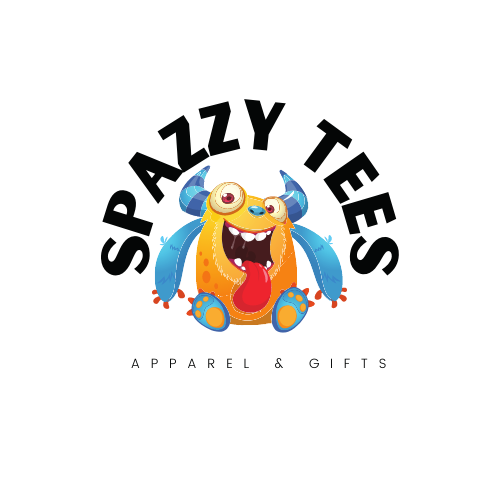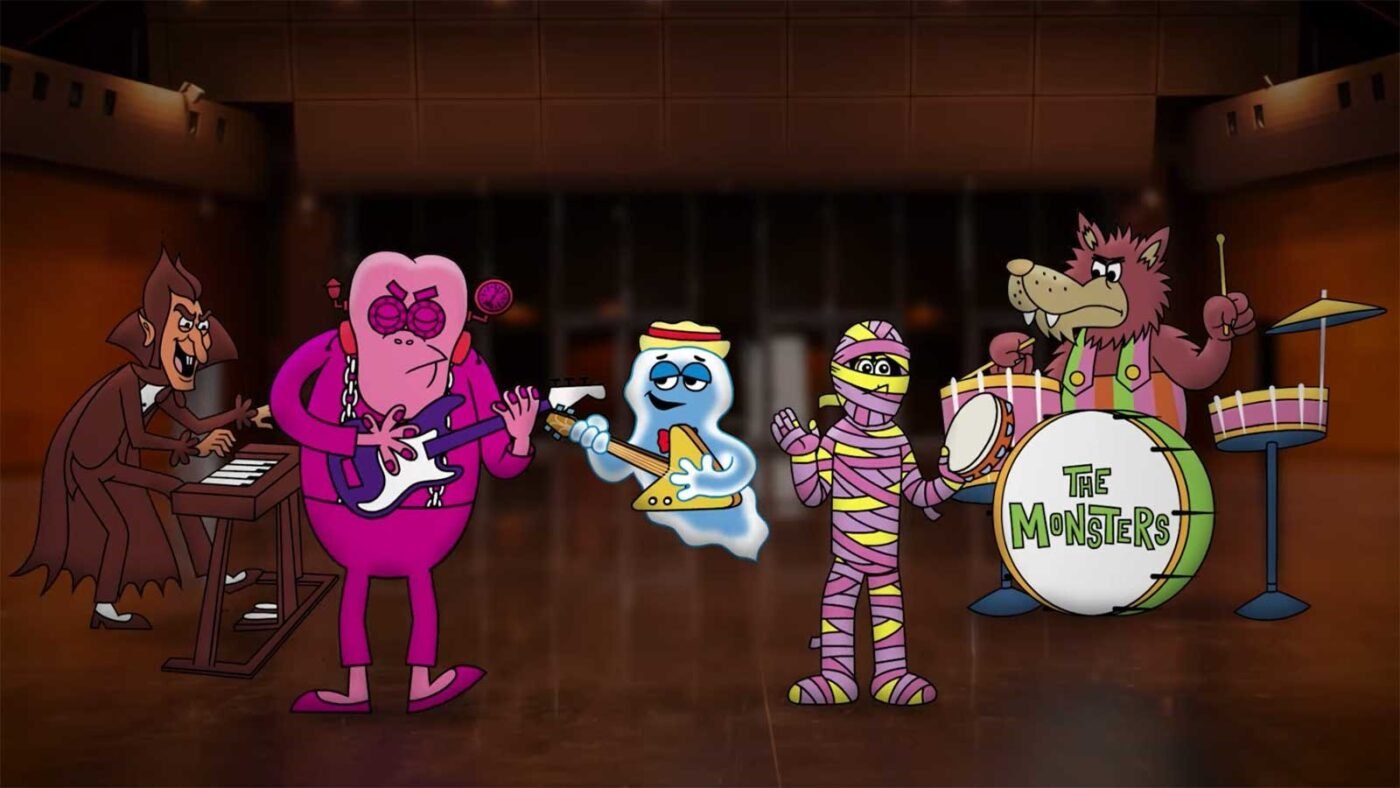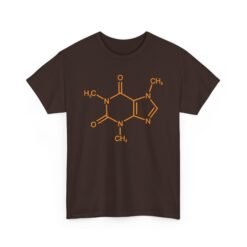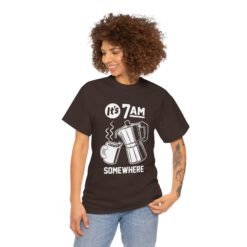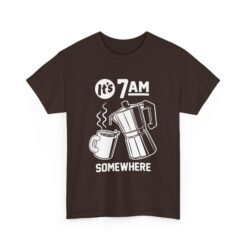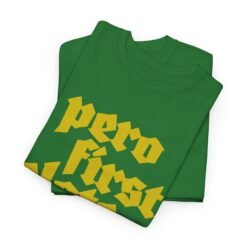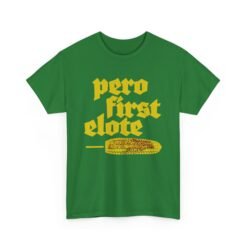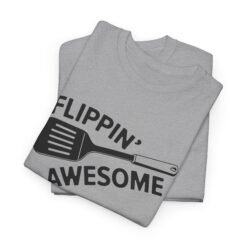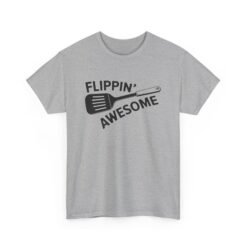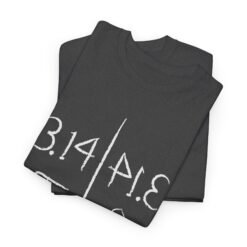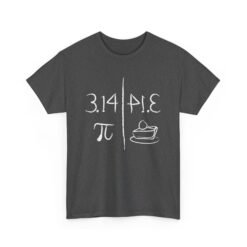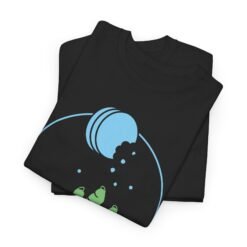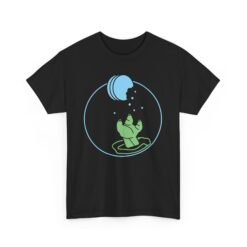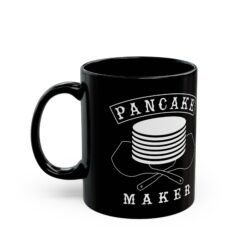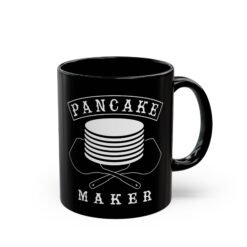Business History, Food and Beverage, Music History, Pop Culture
When Breakfast Cereal Went Punk: Exploring the 1980s Cereal Mascots with Mohawks and Sunglasses
The Rise of Punk Culture in the 1980s
The 1980s marked a significant era in the evolution of popular culture, characterized by the emergence of punk culture as a powerful sociocultural movement. Steeped in rebellion and nonconformity, punk culture reflected a wide-ranging discontent with the socio-political climate of the time, leading to a distinctive youth-driven aesthetic that permeated various aspects of life, including fashion, music, and even advertising. Central to this movement was the punk attitude, which embraced a do-it-yourself ethos, rejecting mainstream conventions and significantly influencing music genres like punk rock, new wave, and post-punk.
Distinctive fashion elements defined the punk look, which included mohawks, leather jackets, and combat boots. Punk fashion became a symbolic form of self-expression, embodying a rejection of societal norms. The mohawk hairstyle, in particular, became a visual representation of the punk ethos—bold and defiant. This aesthetic was not only restricted to clothing; it also extended to body modifications, with piercings and tattoos serving as further statements of individuality and rebellion.
The influence of punk culture was not limited to visual style; it resonated deeply within music and art. Punk music, driven by raw sounds and politically charged lyrics, galvanized a generation seeking authenticity and a break from the polished pop music prevalent at the time. Artists and bands like the Sex Pistols, The Clash, and Debbie Harry became iconic figures, inspiring countless followers. This new energy and style became a cultural touchstone for the youth, fostering a connection between personal identity and collective rebellion against the status quo.
The profound impact of punk culture extended into advertising and branding, leading to a notable intersection with children’s products, including breakfast cereals. This unexpected fusion marked a pivotal shift in the way brands approached their marketing strategies, appealing to a younger audience eager to embrace this vibrant cultural movement.
Introduction of Punk-Inspired Cereal Mascots
During the 1980s, breakfast cereal companies began to adopt punk aesthetics as a way to revitalize their marketing strategies and appeal to a younger demographic. This era marked a significant shift in advertising, wherein traditional cereal mascots were transformed to align with the rebellious spirit of the punk movement. The combination of vibrant colors, edgy designs, and a rock-and-roll attitude sought to engage children who resonated with the cultural phenomena of the time.
One of the most notable examples of this trend is found in the character transformations of established mascots, such as Snap, Crackle, and Pop from Rice Krispies. While these characters had previously embodied a more wholesome image, they were reimagined with punk elements, complete with brightly colored mohawks and sunglasses. This dramatic shift reflected a growing desire to connect with the attitudes and styles that defined youth culture in the 1980s.
Additionally, Tony the Tiger also experienced a transformation during this period. Originally known for his friendly demeanor and motivational catchphrases, he adopted a more edgy persona, utilizing punk-inspired attire. This evolution was not merely aesthetic; it served as a strategic move to engage kids who were drawn to individuality and self-expression. The advertising agencies responsible for creating these mascots recognized the potential of punk culture in appealing to a generation that valued authenticity and rebellion.
By targeting a younger, punk-influenced audience, cereal companies strategically positioned their products not just as breakfast options but as reflections of cultural identity. Through the playful incorporation of punk elements, these mascots became symbols of the era, capturing the imagination of children eager to embrace the vibrant energy of the time. Thus, the evolution of cereal mascots in the 1980s exemplifies the intersections of marketing, culture, and youth expression that characterized this dynamic decade.
Impact on Cereal Advertising and Sales
During the 1980s, the introduction of punk-inspired mascots into cereal advertising represented a significant shift in marketing strategies aimed at younger audiences. These mascots, characterized by their rebellious attitudes, vibrant aesthetics, mohawks, and sunglasses, resonated particularly well with children and teenagers, who were increasingly drawn to counter-culture movements. Cereal brands began to leverage the punk ethos, embracing themes of individuality and nonconformity, which appealed to a generation searching for identity and self-expression.
This innovative approach had a profound impact on cereal sales. For instance, one notable campaign was launched by a popular cereal brand featuring a punk mascot that exuded a carefree, bold persona. Surveys conducted around the same time indicated that children felt a stronger connection to brands that adopted such playful and edgy identities. This emotional bond translated into enhanced brand loyalty, as young consumers were not only inclined to purchase these cereals but also to advocate for them among their peers. Advertisements showcasing these punk mascots were often bright, loud, and energetic, aptly reflecting the vibrant culture of the era.
Financial statistics from this period illustrate the commercial success tied to these punk-themed marketing strategies. Reports indicated a significant rise in cereal sales, with some brands witnessing up to a 30% increase in revenue year-over-year during the campaign cycles featuring punk mascots. Moreover, brands that successfully integrated punk elements into their advertising often outperformed their competitors, demonstrating the efficacy of connecting with consumers through culturally relevant imagery and messages. The success stories of this era underscore the effectiveness of creative advertising, particularly when it resonates deeply with the target audience’s values and preferences.
Legacy of 1980s Punk Cereal Mascots
The punk-inspired cereal mascots of the 1980s left an indelible mark on the landscape of cereal marketing and pop culture. Characters like Cap’n Crunch and Fruit Brute, adorned with vibrant hairstyles and rebellious attitudes, not only captivated a youthful audience but also ushered in an era where cereal brands deliberately aligned themselves with the burgeoning punk aesthetic. The evolution of these mascots, particularly in the face of changing consumer tastes, illustrates their lasting influence and adaptability over the decades.
In subsequent years, many of these iconic characters underwent transformations or revivals to remain relevant in the constantly shifting marketplace. For instance, Cap’n Crunch has periodically been featured in nostalgic marketing campaigns, appealing to adults who fondly remember their childhood breakfasts. The embrace of punk culture in these strategies showcases how brands integrate elements of rebellion and individuality to create emotional connections with consumers. Such marketing tactics often resonate with Millennials and Gen Z, who value authenticity and uniqueness in brand narratives.
Moreover, the influence of punk aesthetics reached beyond breakfast cereals, impacting marketing strategies across various industries. Brands have adopted punk elements to evoke a sense of rebellion or nonconformity, leveraging the cultural significance of this movement. From fashion labels to video games, the 1980s punk ethos serves as a powerful marketing tool, reminding consumers of a time characterized by boldness and creativity.
Today, nostalgia drives the revival of these mascots, as modern brands recognize the potential of tapping into collective memories. By revamping and reintroducing beloved characters from the past, companies can connect with older generations while simultaneously attracting younger audiences. This dynamic interplay of nostalgia allows brands to cultivate a multifaceted appeal that bridges different age groups, celebrating a rich legacy that continues to influence marketing strategies in contemporary society.
Food and Coffee
Food and Coffee
Food and Coffee
Food and Coffee
